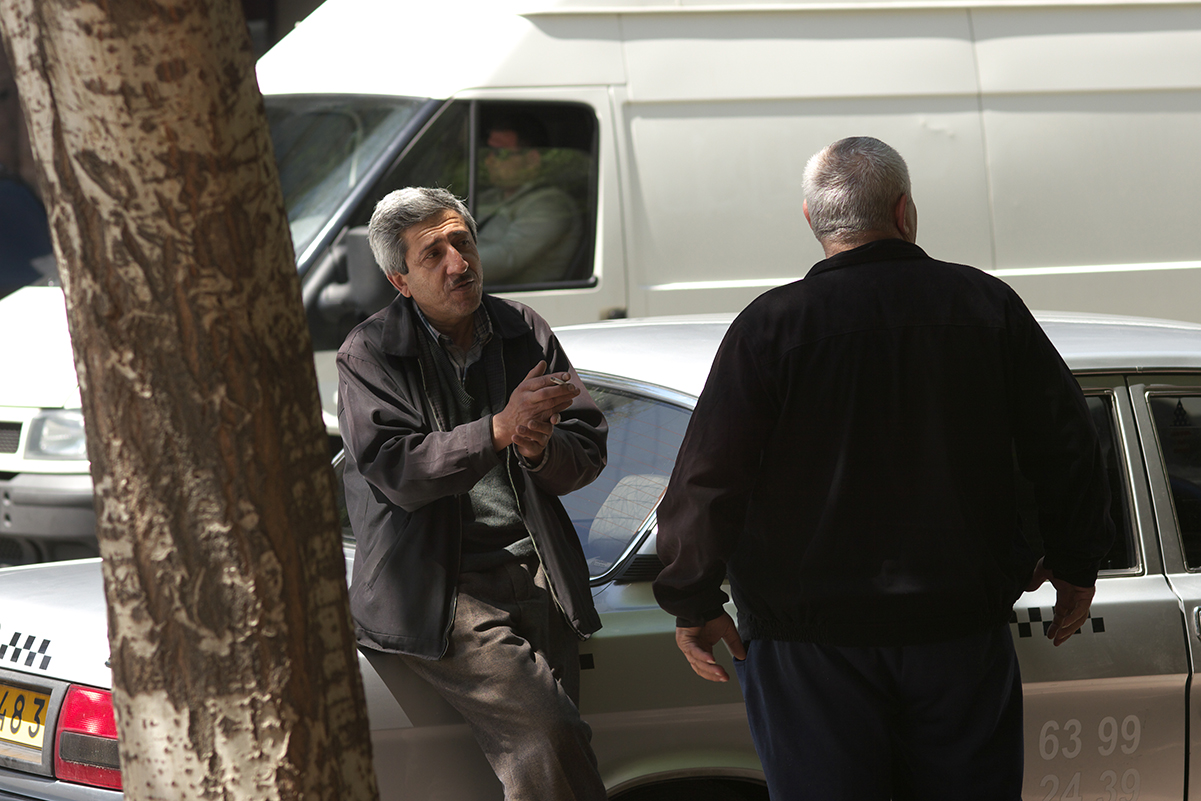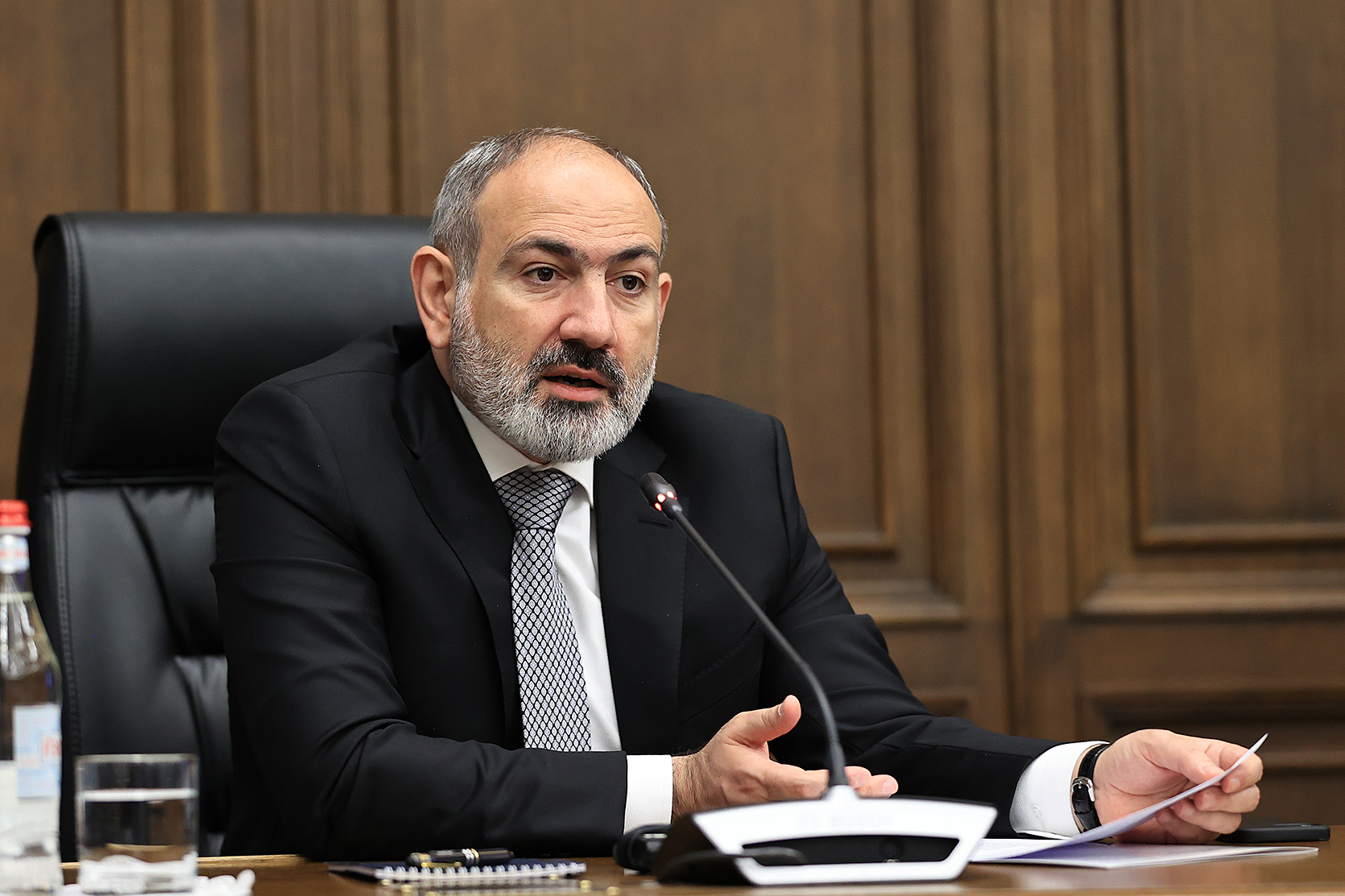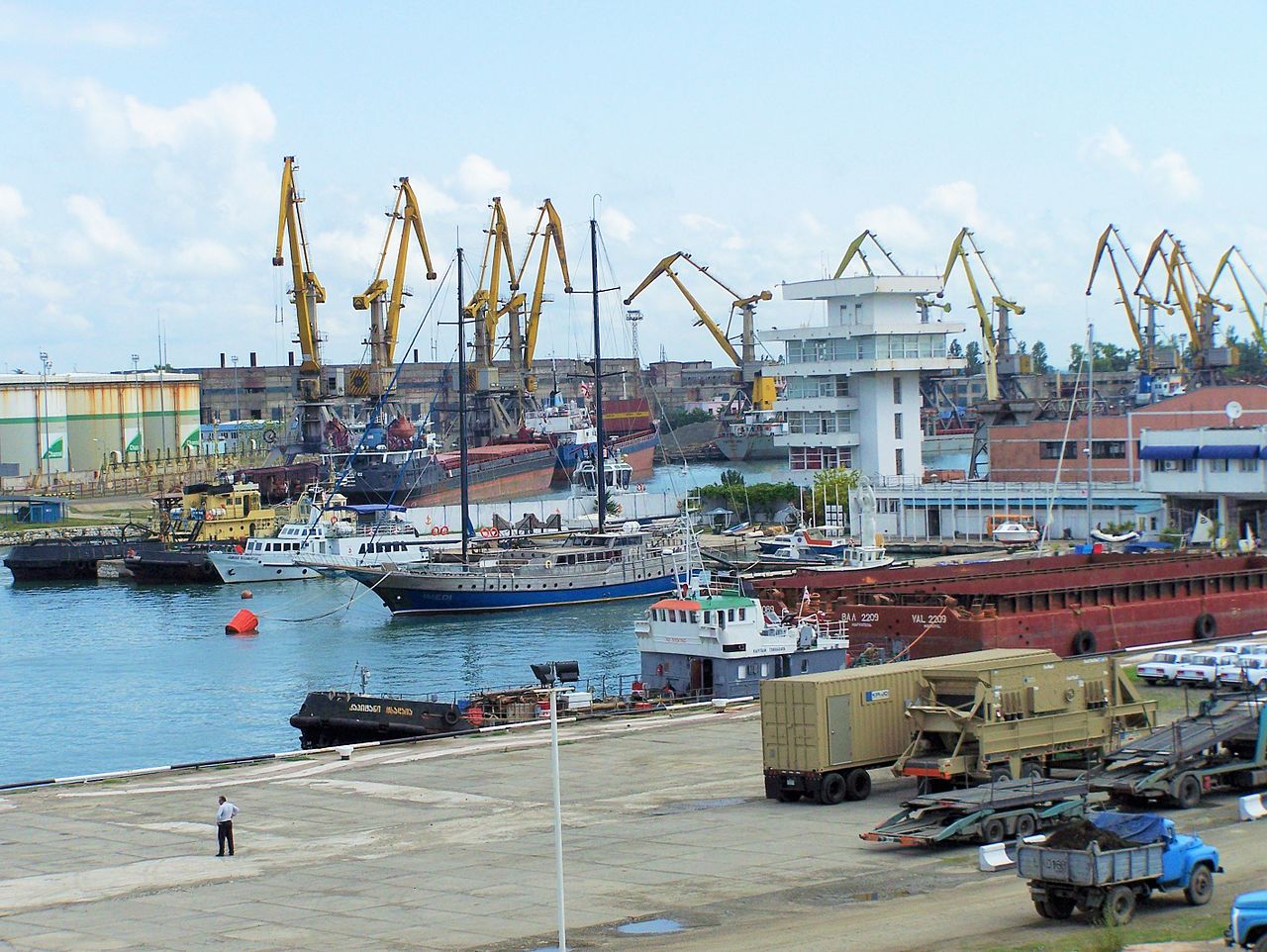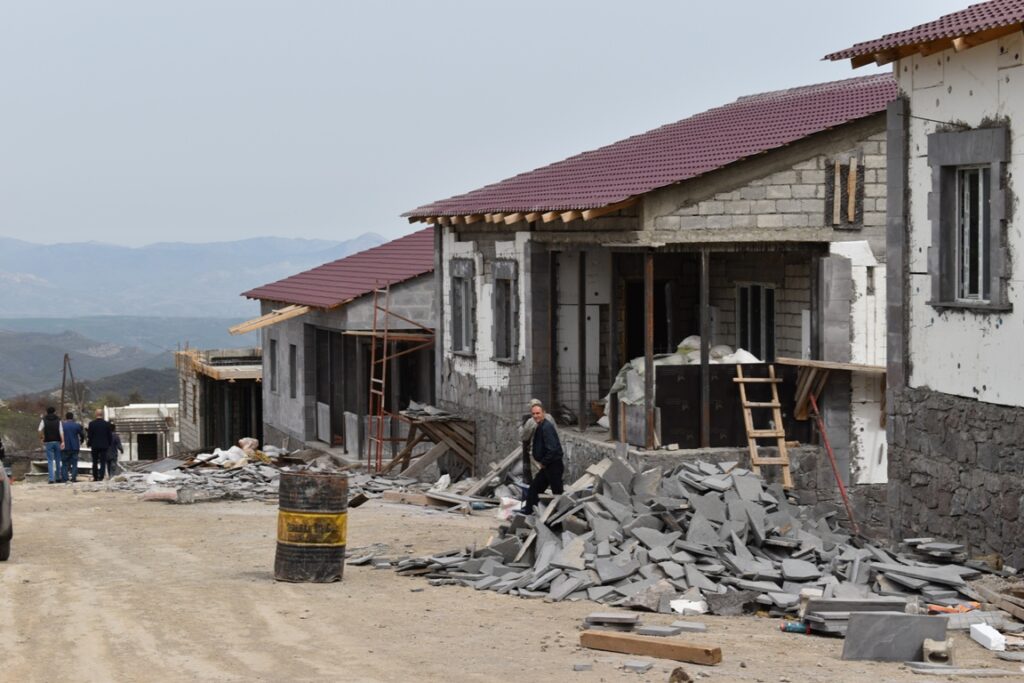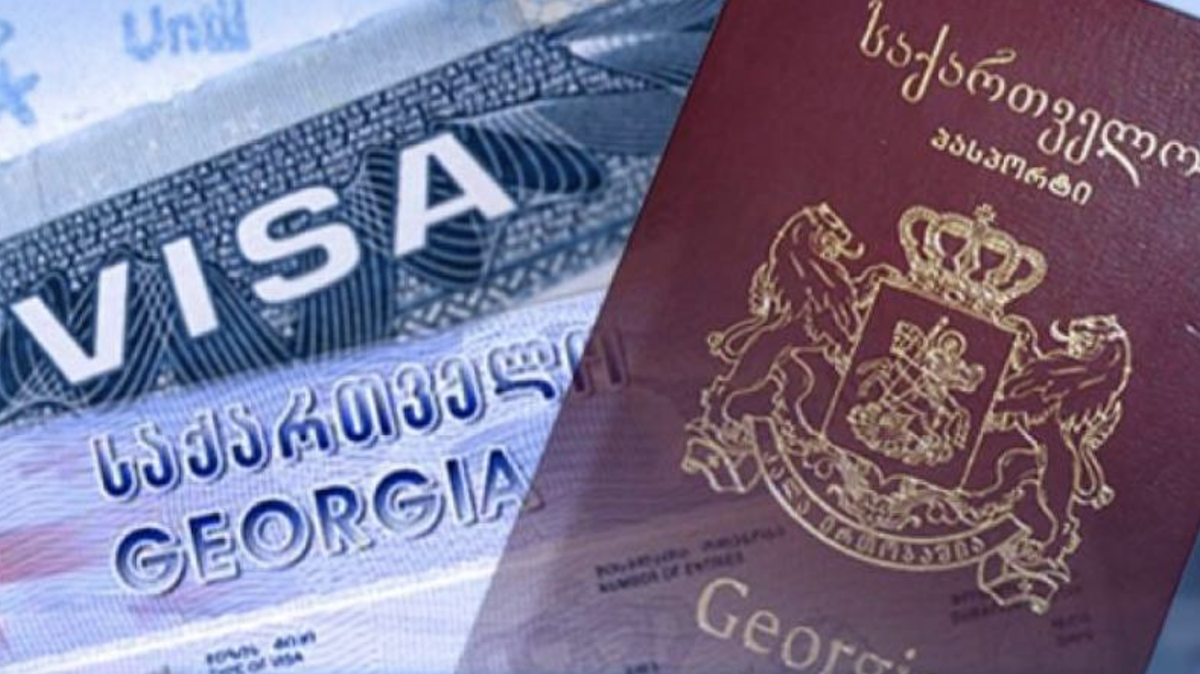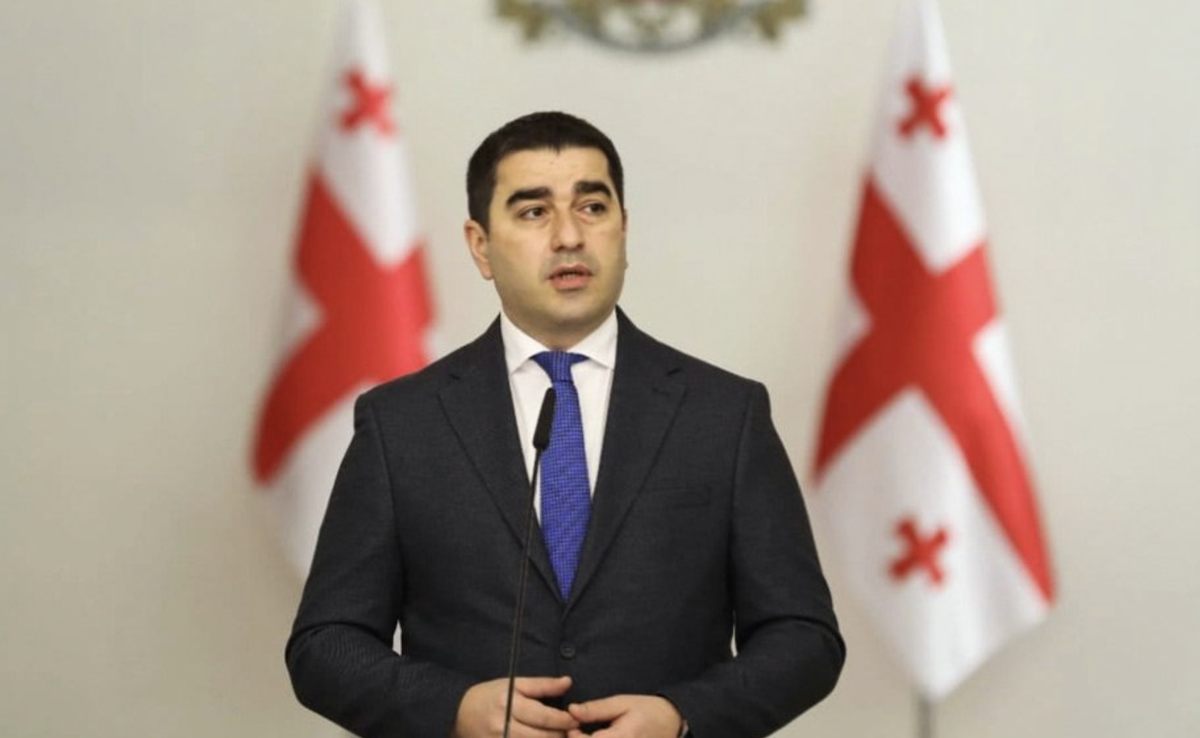New problems at the Upper Lars checkpoint - a blow to Armenian business
Situation at the Upper Lars checkpoint
The only road connecting Armenia with Russia through the Upper Lars checkpoint has once again become a problem for Armenia’s importers and exporters — but this time not because of the weather. Since October Armenian trucks have been lining up for weeks as tight controls have been introduced at the Russian checkpoint and more detailed checks of cargo are being done. According to the official narrative, this decision of the Russian authorities is the result of the explosion on the Crimean bridge.
- Russia: Georgia is involved in the explosion at the Crimean bridge. Georgia denies
- The Georgian Military Highway or ‘bottleneck’ of the Caucasus?
- Unintended economic hit: how Armenia will suffer because of war in Ukraine
- “Armenia can repeat the success of Singapore” – Russian entrepreneurs continue to flock to Yerevan
The only road
The road through the settlement of Upper Lars is of vital strategic importance to Armenia, and yet it has always been problematic, especially in the winter and spring months with bad weather and landslides which force closures, even for weeks at a time.
The design capacity of the Upper Lars checkpoint was 170 trucks and 200 cars per day in both directions. Now it has been increased to 650 trucks and 1,700 cars in both directions. But since the beginning of summer, even then lines are forming. Armenian trucks pass through Upper Lars at least 10,000 times a year in both directions.
This year the checkpoint has been permanently backed up from spring to today.
After February huge lines formed here, as a large flow of people poured from Russia to Georgia and Armenia as a result of the war in Ukraine, and since spring also because of the sanctions imposed on Russia. Lars has become a transit route for the transportation of European goods to the Russian Federation.
Since the end of September, another influx of Russians to Armenia and Georgia began after the announcement of partial mobilization in Russia.
And since October, Armenian carriers have been standing in line for weeks because their cargo is now subjected to a long detailed inspection. The Armenian authorities explained the tough checks at the Russian checkpoint as the result of a vehicle explosion on the Crimean bridge on October 8. Russia announced that the route of the car passed through the border of Armenia and Georgia.
Lately, Armenian carriers have been demanding a solution to the issue, pointing out that week-long delays in lines lead to huge losses.
One of the largest transport companies in Armenia, Spayka, periodically warns that the export of rural products to Russia is under threat. Here is one of the company’s video messages:
“Trucks with fresh fruits and vegetables exported from Armenia to the Russian Federation have been standing in a 10-kilometer line on the Georgian side of the Upper Lars checkpoint for more than seventeen days. Exporting companies continue to suffer big losses.”
Then a video appeared showing the conditions of produce after standing in kilometer-long lines for more than 25 days.
Karen Agdayan, head of the dispatching department at Spayka, explains:
“The company continues to suffer huge losses every day. Due to the delay, many customers do not accept the delivered goods. We are trying to offer it to other companies, we sell it cheaper in order to sell it. In the case of agricultural products, we often have to throw away spoiled products. And more than 1,400 tons of spoiled agricultural products have already been lost.
In addition, an idle car spends 70 liters of diesel fuel per day to operate the refrigerator. If it stays idle for fifteen days, it will use up about a thousand liters of fuel. The market price of one liter of fuel is 600 drams ($1.5). It turns out that for fifteen days only the operation of the refrigerator costs the company about 600,000 drams ($1,500) per car. If a hundred cars are idle in line, it is clear what losses the company incurs. To this must be added the daily allowance of drivers, as well as the costs that arise due to spoilage of products, cancellation of agreements and changes in sales directions.
The government is trying to assist the Armenian cargo carriers by negotiating with Russia. And Minister of Economy Vahan Kerobyan recently stated that the situation in Lars has somewhat improved. However, short-term solutions are considered by exporters and experts to be putting out local fires, which cannot have a long-term positive effect.
“The fact that Upper Lars is our only export route is already a problem. We have only one route for export, where both climatic and geopolitical problems arise. At the same time, this route is out of our control, because it is the border between Georgia and Russia,” Narek Aleksanyan, business expert and head of the Export Armenia association, stated.
Expert suggestions on how to improve the situation in Lars
According to business expert Narek Aleksanyan, one of the solutions could be to provide Armenia, as a member of the EAEU operating under the auspices of Russia, with certain preferential conditions:
“We are transporting goods from one country of the Eurasian Economic Union to another country of the same union – Russia, that is, we are in the same customs field. If, for example, in the case of Turkish, Georgian and Iranian goods, we are talking about different customs zones, then the Armenian-Russian trade is a trade turnover between the two EAEU countries. As an alternative, we can provide an opportunity for our vehicles to undergo certain control, verification on the Armenian side, acceptable for the Russian side as well.”
According to cargo transportation specialist Norayr Gevorgyan, Russia will help solve the problem if Russia increases the number of customs posts at the checkpoint in Lars and separates one of them for servicing cars from the EAEU countries:
“In this case, the cars will be divided between several customs posts so that the check does not take place at one point and in a single format. For example, cars from the EAEU will pass through one customs post, while cars from Turkey and Georgia, as third countries, will be served by another customs post. The state should try to find a solution with the Russian side, to support exporters.”
Ferry transport as an alternative
In the spring of 2022 the Armenian government decided to use ferry transport as an alternative to the road through Upper Lars and even reimburse exporters for the first six months.
The ferry is not yet operational, however. The other day, Minister of Economy Vahan Kerobyan stated that there are a number of problems associated with the launch of this alternative, which he hopes will be resolved soon.
Regular ferry traffic on the Black Sea was planned to start June 15th. But at the end of June, the Minister of Economy stated that the Dutch company APM Terminals, which manages the Georgian port of Poti, introduced restrictions on Armenian ferry traffic.
“Many European companies are imposing sanctions on Russia. Similarly, APM, being one of the largest shipping companies in the world, has imposed sanctions against Russia. Now we are negotiating so that these sanctions do not apply to our ferries. And, in fact, they have no right to do so,” he explained.
Experts on alternatives
Welcoming the decision to use the ferry, freight specialist Norayr Gevorgyan explains the delay by saying that the problem is beyond Armenia’s influence and control:
“The ferry can become an alternative to cargo transportation, but since the solution of the problem is outside the jurisdiction of Armenia this is a matter of agreement between several other countries, which is why it is dragging on.”
He considers the implementation of the project difficult, but possible. .
Business expert Narek Aleksanyan believes that Armenia should have at least 3-4 export routes to be able to withstand various geopolitical and climate challenges:
“Steps must be taken both to improve the situation in Lars and to create alternative roads. Our task today is to understand how to ensure the stability of our entrepreneurs through exports, especially since exports have already become problematic due to currency fluctuations. The Armenian dram has strengthened, as a result of which the goods produced in Armenia have risen in price in euros and dollars as much as the dram has risen in price – by more than 30%.”
In his opinion, this is also the reason for the intensification of cargo transport in the Russian Federation:
“Working in the ruble zone has become a little safer, so many people prefer moving there. It is profitable for companies to sell their products to Russian companies, especially since a large niche has formed on the Russian market due to restrictions in relation to Russia.”
According to Aleksanyan, Armenia should work in three directions of export at once: by ferry, air, and through the territory of Iran. Given the high cost of all three options, he believes that all directions should be subsidized by the state for some time:
“If the government says that exports are important for our country, if we even try to attract businessmen from abroad as investors and promise that the state will support them, then it’s time for us to introduce certain tools for this and not rely on one way.
The time has come for the state to understand what amounts we expect from exports, how much money we can spend on alternative ways to create opportunities for businessmen in priority sectors to supply Armenian products to interesting markets thanks to state subsidies.”
According to Norayr Gevorgyan, despite the cost of ferry transport, it is possible that as the problems in Lars worsen the ferry will become more profitable for businessmen:
“Lars, of course, is the cheapest and shortest way to transport goods, but when you are idle at the checkpoint for twenty days or more, naturally the costs increase exponentially. And in this case, it is worth reviewing the costs. The ferry might be more profitable.”
Situation at the Upper Lars checkpoint










